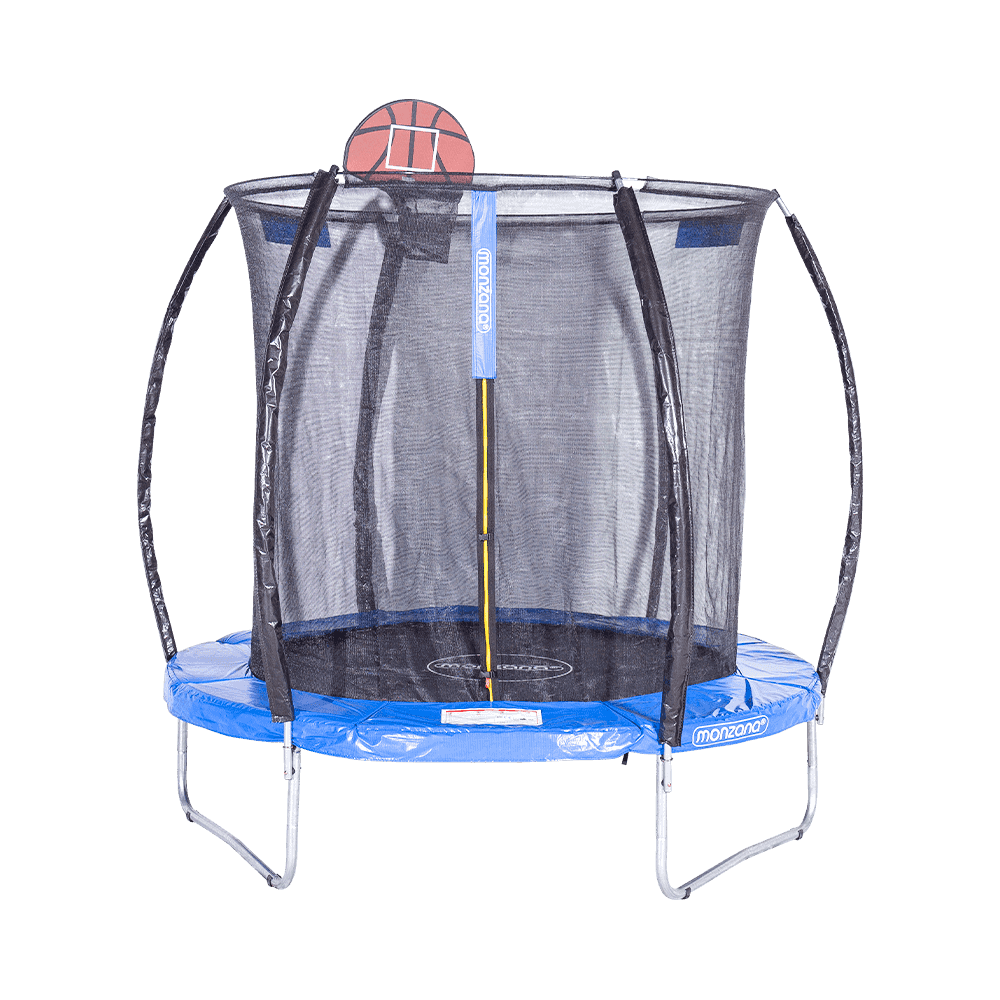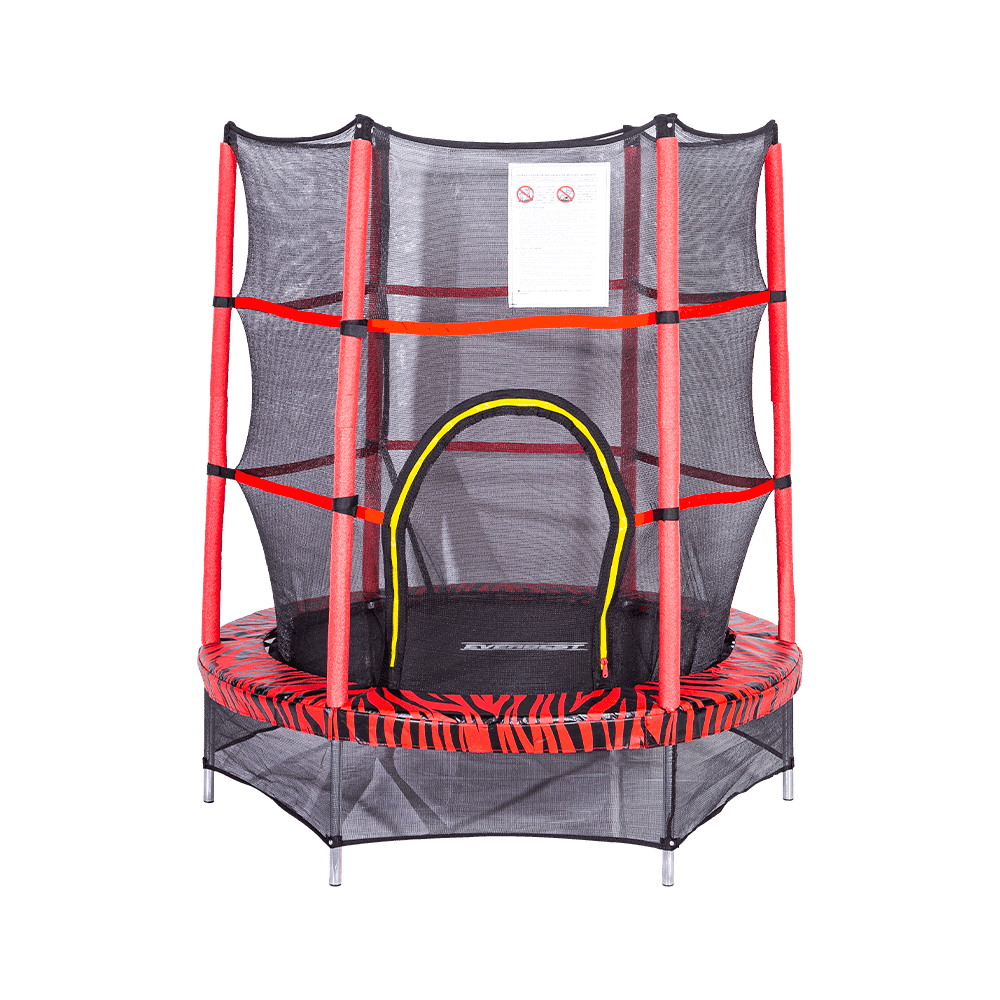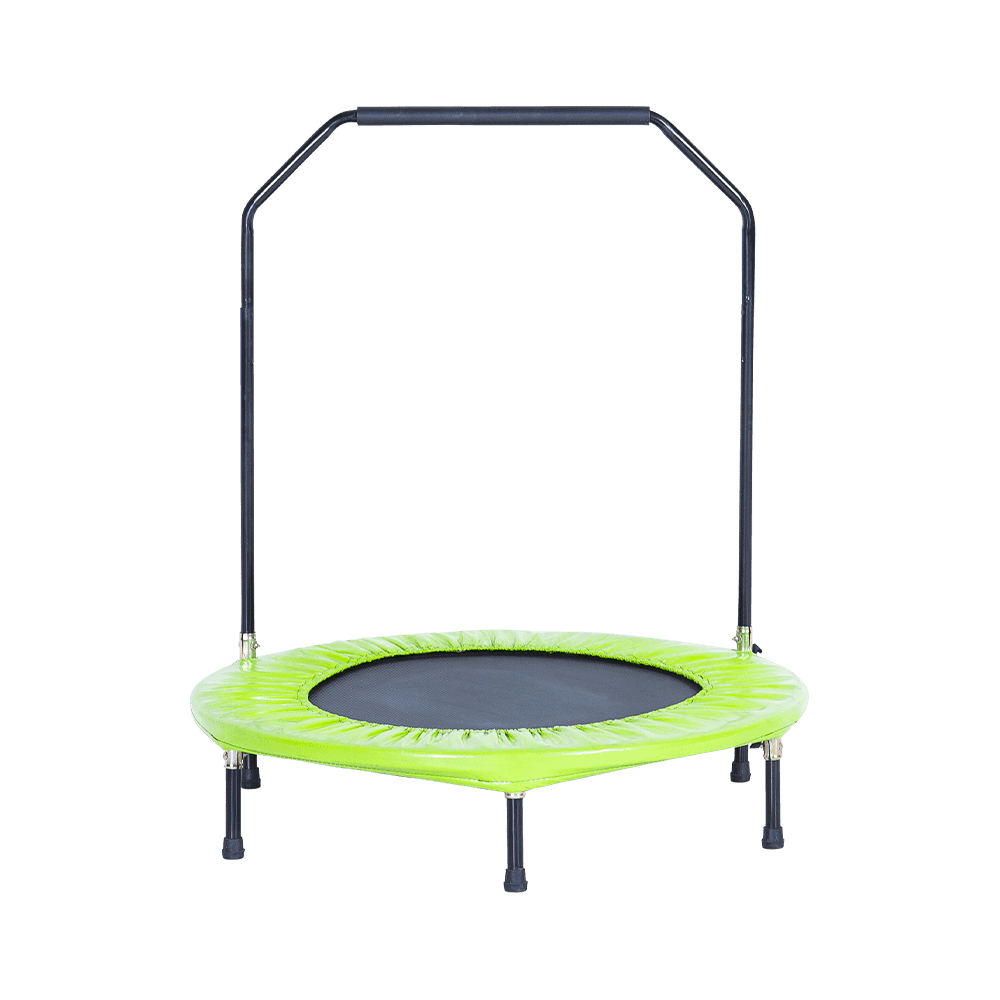How to Clean and Maintain a Polygonal Trampoline’s Mat, Frame, and Springs to Extend Its Lifespan
A trampoline is a significant investment in family fun and fitness. Unlike a piece of indoor furniture, it lives outdoors, constantly battling the elements. A polygonal (multi-sided) trampoline, with its unique design, requires specific care to ensure it remains safe and functional for years. The key to longevity isn’t complicated; it’s consistent, simple maintenance.
Safety First: The Foundation of All Maintenance
Before you begin any cleaning or maintenance, your safety is the priority.
Remove All Detachable Objects: Clear the mat of any toys, leaves, or debris before you start.
Wear Appropriate Footwear: Avoid climbing on the frame or mat with shoes. Bare feet, socks, or soft-soled gym shoes are best to prevent snagging the mat material.
Work From the Ground: For most cleaning, use a long-handled brush or a hose with a spray attachment. Avoid walking on the mat when it is wet, as it becomes very slippery.
One Person at a Time: The trampoline should only be used by one person at a time, and this rule applies during maintenance as well.
Part 1: Caring for the Jumping Mat
The mat is the heart of the trampoline, enduring the most stress and UV exposure. Proper care here is crucial for both safety and longevity.
Regular Cleaning: A Simple Routine
You don’t need to deep-clean your trampoline after every use. A regular, light cleaning routine is more effective and sustainable.
Frequency: Every 1-2 weeks, or after periods of little use.
Tools Needed: A soft-bristled, long-handled broom or a leaf blower.
The Process: Simply sweep or blow off leaves, twigs, pollen, and other loose debris. This prevents organic matter from accumulating and trapping moisture, which can lead to mold and mildew.
Deep Cleaning: Tackling Dirt and Stains
For a more thorough clean, perhaps at the start or end of a season, a deeper wash is needed.
Frequency: 2-3 times per year, or as needed.
Tools Needed: A garden hose with a spray nozzle, a bucket of warm water, a soft cloth or a soft-bristled brush (like a car wash brush), and a mild, non-abrasive detergent (dish soap works well).
The Process:
Spray Down: Use the garden hose to thoroughly wet the mat. This loosens surface dirt.
Create a Gentle Soap Solution: In your bucket, mix a small amount of dish soap with warm water. Avoid harsh chemicals, bleach, or pressure washers, as these can degrade the UV-protective coating and the polypropylene fibers themselves.
Scrub Gently: Dip your soft brush or cloth into the soapy water and gently scrub the mat. Focus on areas with visible dirt or stains.
Rinse Thoroughly: This is a critical step. Use the hose to rinse away all soap residue. Soap left on the mat can make it slippery and attract more dirt.
Air Dry Completely: Allow the mat to air dry fully before anyone jumps on it. A dry mat is a safe mat.
Part 2: Maintaining the Frame and Springs
The frame provides structural integrity, and the springs transfer your energy to the mat. Neglecting these components can lead to instability and a poor bounce.
Frame Care: Fighting Rust and Corrosion
The steel frame is typically galvanized or powder-coated to resist rust, but this protection can be compromised over time.
Regular Inspection: Every month, take a moment to visually inspect the entire frame for any signs of chipped paint, scratches, or, most importantly, rust.
Cleaning the Frame: When you clean the mat, quickly spray down the frame pads and the visible parts of the frame to rinse off dirt and bird droppings, which can be corrosive.
Addressing Rust Immediately: If you find rust, it’s not the end of the world. Act quickly:
Use a wire brush to scrub away all the loose rust.
Wipe the area clean with a dry cloth.
Apply a rust-inhibiting primer to the bare metal.
Once the primer is dry, apply a coat of outdoor-grade spray paint that matches your frame’s color. This simple process creates a new protective barrier.

Spring Maintenance: Ensuring a Consistent Bounce
The springs are under constant tension and friction, making them susceptible to wear.
Lubrication: Every 3-6 months, apply a dry, silicone-based lubricant to the springs. Do not use WD-40 or grease. WD-40 is a penetrant and water-displacer, not a lubricant, and grease will attract dirt and grime, accelerating wear.
How to Lubricate: Spray a small amount of dry silicone lubricant onto the top and bottom coils of each spring. This reduces friction between the coils and against the mat and frame, leading to a smoother bounce and longer spring life.
Inspection for Wear: While lubricating, check each spring for signs of overstretching, cracking, or corrosion. A single worn spring should be replaced immediately, as it places extra stress on the surrounding springs and the mat.
Part 3: Seasonal and Preventative Maintenance
Beyond cleaning individual parts, a broader maintenance strategy will significantly extend your trampoline’s life.
The Safety Pad: Your First Line of Defense
The foam pads that cover the frame and springs are not just for safety; they also protect the frame from direct sunlight and rain.
Keep Them Dry: If your pads get wet from rain or cleaning, lift them up to allow the frame and the pads themselves to dry out. Trapped moisture is a leading cause of rust.
Inspect for Damage: Check pads for tears, crumbling foam, or UV degradation. Damaged pads expose the hard frame and springs, creating a safety hazard and leaving the frame vulnerable.
Weather Preparedness: Wind, Snow, and Sun
High Winds: Polygonal trampolines can be more susceptible to catching the wind than round ones. If high winds are forecast, consider disassembling the trampoline or using a ground anchor kit to secure it. Never rely on sandbags alone.
Snow Load: Heavy snow can place immense stress on the mat and springs. It is highly recommended to remove snow accumulation using a soft broom. Push the snow off; do not chip at it, as you might damage the mat.
UV Protection: The sun is your trampoline’s greatest enemy. While mats are UV-protected, this protection diminishes over time. Using a UV-protective cover when the trampoline is not in use for extended periods (e.g., over the winter) can add years to the mat’s life.
The Importance of a Tight Net
If your trampoline has an enclosure net, ensure it is always securely attached and taut. A loose net can flap in the wind, causing unnecessary stress on the poles and attachment points, leading to premature failure.
Conclusion: Consistency is Key
Extending the lifespan of your polygonal trampolines doesn’t require heroic efforts, just consistent care. A simple routine of brushing off debris, rinsing the mat, checking for rust, and lubricating the springs a few times a year will pay enormous dividends. By investing a small amount of time in maintenance, you are not only protecting your financial investment but, more importantly, ensuring a safe and enjoyable bouncing experience for years to come.
If you have any questions, please fill out the contact form at the bottom of the page and contact us.







